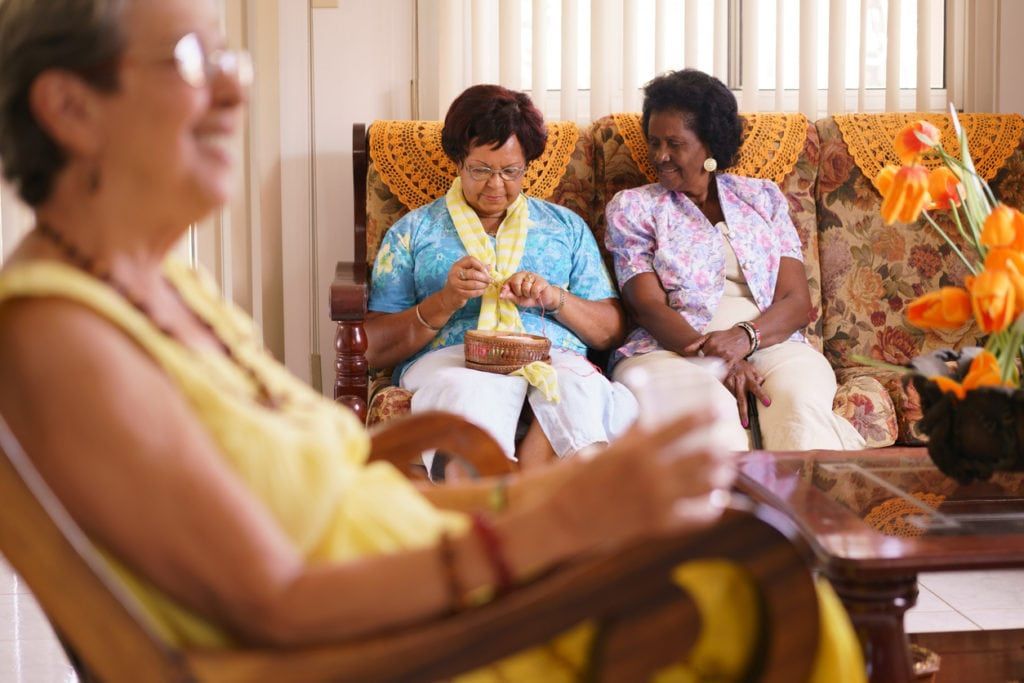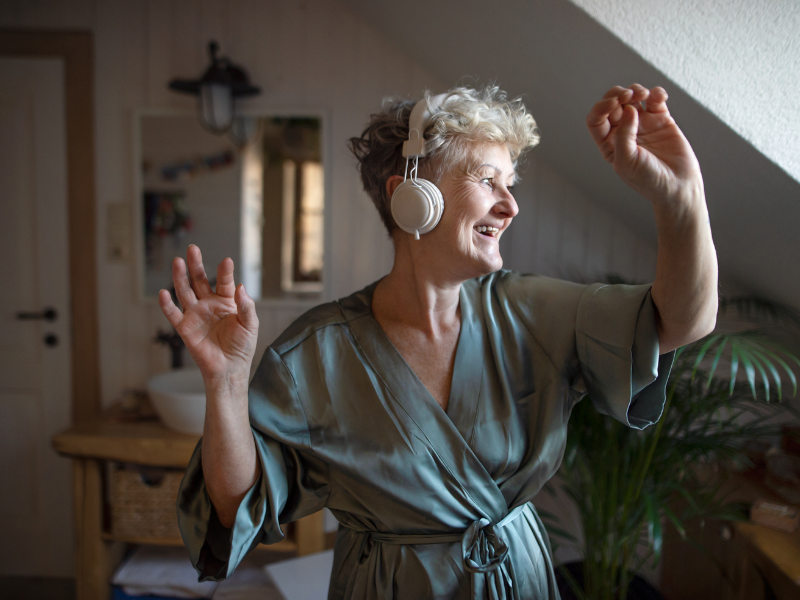Understanding Daily Routines in Assisted Living
Understanding Daily Routines in Assisted Living

Living in an assisted care facility often raises questions and uncertainties for individuals and their families. Understanding what a typical day looks like in an assisted living community can provide invaluable insight and peace of mind. The routines and activities within these communities are designed to support residents' needs, foster a sense of community, and enhance overall well-being.
Morning Routine: A Gentle Start to the Day
Mornings in an assisted living facility usually begin with a relaxed and flexible schedule. Residents wake up at their preferred times, assisted by staff if needed. Personal care, including grooming, dressing, and morning hygiene, is provided based on individual preferences and requirements.
A nutritious breakfast is served in communal dining areas, promoting social interaction and providing a nutritious start to the day. Special dietary needs are catered to, ensuring each resident receives appropriate meals.
Engaging Activities: Stimulating Mind and Body
Following breakfast, residents often engage in various activities tailored to their interests and abilities. These activities may include physical exercises, arts and crafts sessions, games, discussions, or educational programs. These engagements aim to stimulate cognitive abilities, promote socialization, and enhance overall well-being.
Residents have the freedom to choose activities they enjoy, encouraging a sense of autonomy and personal fulfillment. Additionally, staff members and volunteers actively participate in these activities, fostering a warm and supportive community atmosphere.
Health and Wellness: Care and Support
Throughout the day, residents receive ongoing support for their health needs. Medication management, regular health check-ins, and any necessary therapies are provided by trained staff members. Assisted living facilities prioritize the well-being of their residents, ensuring they receive the care they require while maintaining independence and dignity.
Delicious Meals and Social Connections: Lunchtime Gatherings
Lunchtime is another opportunity for residents to gather and enjoy a delicious and balanced meal together. The communal dining experience not only ensures proper nutrition but also fosters social connections and a sense of belonging. Staff members often join residents during meals, further strengthening the feeling of community.
Afternoon Activities and Leisure Time
Afternoons are often reserved for more leisurely activities. Residents may choose to participate in various programs, relax in communal spaces, spend time outdoors in gardens or patios, or engage in hobbies and personal pursuits. This time allows for flexibility and personal choice, accommodating individual preferences and energy levels.
Evening and Nighttime: Relaxation and Rest
Evenings in assisted living facilities are typically quieter, allowing residents to wind down and relax. Dinner is served, followed by opportunities for socializing, watching movies, reading, or participating in low-key activities. As bedtime approaches, staff assists residents with nighttime routines, ensuring comfort and security.
Conclusion: Embracing a Supportive Lifestyle
Understanding the daily routines in an assisted living facility showcases the holistic approach these communities take toward resident care. From personalized assistance to engaging activities and fostering social connections, these routines aim to provide a fulfilling and supportive lifestyle for older adults.
Assisted living facilities prioritize the well-being and happiness of their residents, creating an environment that encourages independence, socialization, and a sense of purpose. By comprehending the structure and care within these communities, individuals and their families can confidently embrace the opportunities and support offered by assisted living.
Ultimately, a day in the life of an assisted living resident is crafted to ensure comfort, security, and a vibrant community that enriches the lives of its residents in multifaceted ways.
Useful links
Contact info
(301) 263-6981 ereece@cheltenhamoaks.com
9603 Allerton Terrance,
Clinton, MD
20735
9603 Allerton Terrance,
Clinton, MD 20735









